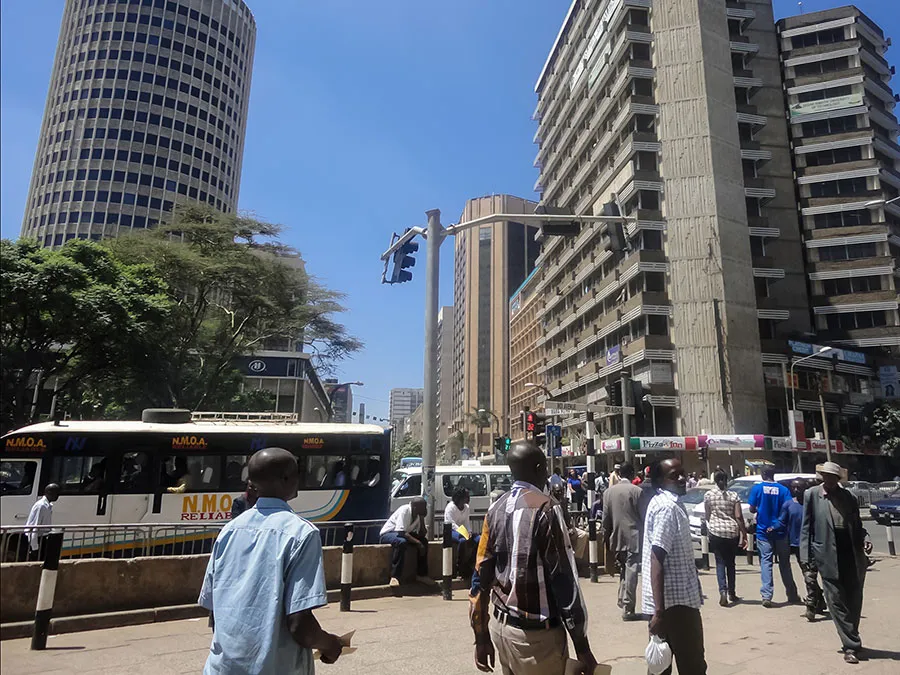At least 11 people were killed and dozens injured during widespread antigovernment protests across Kenya on July 7, as the nation marked the 35th anniversary of the 1990 pro-democracy uprising known as “Saba Saba.”
According to a statement issued by Kenyan police, 52 officers were also injured during the protests, which saw demonstrators clash with security forces in multiple locations across the country, including the capital, Nairobi.
Security forces reportedly used live ammunition, tear gas, and water cannons to disperse crowds as demonstrators attempted to march towards the city center, calling for political reforms and the resignation of President William Ruto.
The protests, organized annually on July 7 to commemorate calls for multiparty democracy during the rule of former President Daniel arap Moi, have evolved into broader expressions of public frustration over economic inequality, corruption, and police violence.
Witnesses reported gunfire and numerous casualties as clashes erupted in several areas. Many schools and businesses were closed in anticipation of unrest. Protesters accused the government of using armed individuals to infiltrate and discredit the peaceful demonstrations.
Interior Minister Kipchumba Murkomen stated that security forces were on high alert to prevent violence and protect public property. However, human rights groups criticized the government’s response, citing concerns over enforced disappearances and extrajudicial killings.
A recent incident involving the death of teacher and blogger Albert Ojwang in police custody has fueled public anger. The Kenya National Commission on Human Rights reported 19 protest-related deaths last month, and at least 80 people are believed to have died in protests since mid-2024.
Despite the unrest, President Ruto remains politically secure, maintaining a coalition with opposition leader Raila Odinga, and faces no immediate challenger ahead of the 2027 election.



